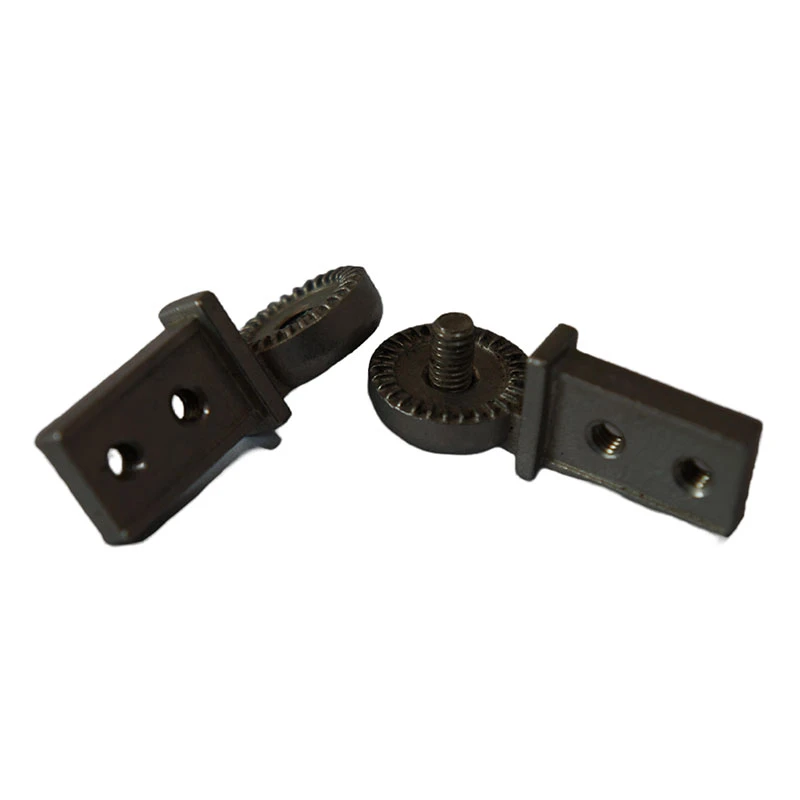sand casting sand supplies
Sand Casting The Essential Role of Sand Supplies in Metal Casting
Sand casting is one of the oldest and most widely used manufacturing processes in the world, renowned for its versatility and cost-effectiveness. It involves creating a mold from sand to shape molten metal. The quality of the sand used is crucial for the success of the casting process, impacting both the physical properties of the finished product and the efficiency of production. In this article, we will explore the importance of sand supplies in sand casting, the types of sand used, and key considerations for sourcing high-quality materials.
The Importance of Sand in Casting
The nature of the sand used in casting directly influences the molding process, as well as the final characteristics of the metal cast. A good casting sand must possess certain properties such as strength, permeability, and grain size uniformity.
1. Strength The sand must be strong enough to hold its shape and support the molten metal during pouring. If the sand collapses under the weight of the metal, it can lead to defects known as ‘sand burn-on’ or 'mold failure’.
2. Permeability This is the ability of the sand to allow gases to escape during the casting process. A sand that is too dense can trap gases, which may cause defects like blowholes in the final casting.
3. Grain Size The size and distribution of sand grains affect the finish of the casting and how well the mold can reproduce intricate details. Finer sand can produce smoother surfaces but may compromise strength, while coarser grains enhance strength but may result in a rougher finish.
Types of Sand Used in Casting
Different types of sand are employed in sand casting, each with its specific properties and applications
- Silica Sand This is the most common type of sand used in casting due to its excellent thermal properties and permeability
. It is made up of grains of silicon dioxide and is available in various grain sizes.- Clay-Based Sand Often used because of its binding properties, clay helps to hold the sand together and provides additional strength to the mold. It is typically mixed with silica sand.
sand casting sand supplies

- Zircon Sand Known for its high refractoriness and low thermal expansion, zircon sand is used in applications where high temperatures and precision are required.
- Chromite Sand Used for casting steel and iron, chromite adds strength and resistance to high temperatures and is beneficial in reducing molding defects.
Sourcing Quality Sand Supplies
When it comes to sourcing sand for casting, it’s important to choose suppliers who offer high-quality materials that meet industry standards. Here are some considerations
1. Reputation Look for suppliers who have a proven track record in providing consistent and reliable sand supplies. Customer testimonials and industry accreditation can help gauge a supplier’s credibility.
2. Testing and Quality Control Suppliers should conduct regular testing of their sand to ensure it meets the required specifications. This includes testing for grain size distribution, moisture content, and impurities.
3. Sustainability With growing environmental concerns, it’s essential to consider suppliers who practice sustainable sand mining and production methods. Recycled sand is also becoming a more popular and eco-friendly option.
4. Cost-Effectiveness While quality is paramount, it’s also important to evaluate the cost of sand supplies. Competitive pricing without compromising quality can significantly enhance profitability in manufacturing processes.
Conclusion
Sand casting remains a cornerstone of the foundry industry, thanks in large part to the essential role that quality sand supplies play in the process. The right type of sand enhances both the efficiency and quality of the casting operation, ultimately resulting in superior products. By understanding the importance of sand properties and sourcing from reputable suppliers, manufacturers can ensure the success and sustainability of their sand casting endeavors.
-
OEM Sand Cast Pump Valve Fittings - Baoding Hairun | Precision Engineering, CustomizableNewsJul.30,2025
-
OEM Sand Cast Pump Valve Fittings - Baoding Hairun Machinery And Equipment Trading Co., Ltd.NewsJul.30,2025
-
OEM Sand Cast Pump Valve Fittings - Baoding Hairun Machinery And Equipment Trading Co., Ltd.NewsJul.30,2025
-
OEM Sand Cast Pump Valve Fittings - Baoding Hairun Machinery|Precision Engineering&Fluid ControlNewsJul.30,2025
-
OEM Sand Cast Pump Valve Fittings - Baoding Hairun Machinery And Equipment Trading Co., Ltd.NewsJul.30,2025
-
OEM Sand Cast Pump Valve Fittings-Baoding Hairun Machinery And Equipment Trading Co., Ltd.NewsJul.30,2025















